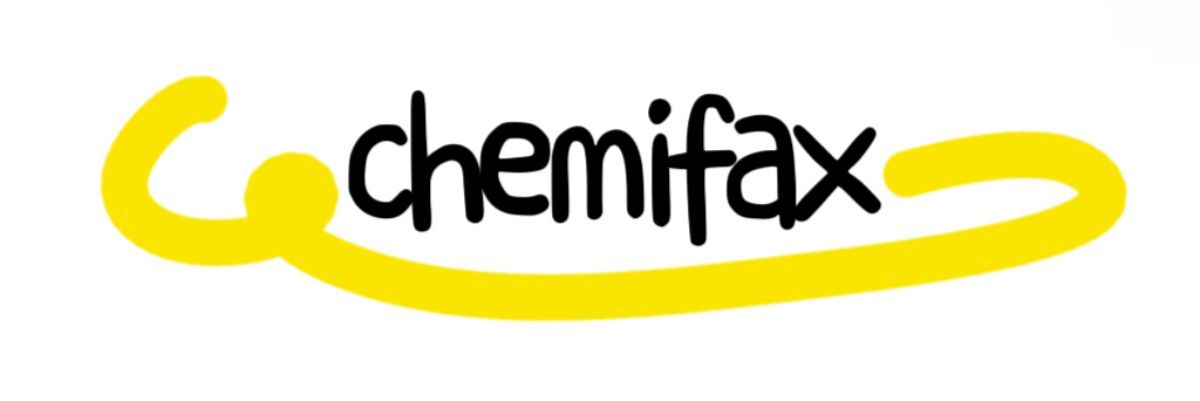594-44-5 vs 123-45-6: Key Differences Explained
Jul. 25, 2025
When diving into the world of chemical substances, it’s crucial to grasp the distinctions between various compounds. Today, we will explore the key differences between two important identifiers: 594-44-5 and 123-45-6. Understanding these differences not only helps in chemistry but also plays a vital role in industries relying on these substances. Let’s break down their individual characteristics, applications, and any safety considerations that come into play.
Are you interested in learning more about 594-44-5? Contact us today to secure an expert consultation!
What are CAS Numbers?
Before we delve into the specifics, let’s clarify what CAS numbers are. A Chemical Abstracts Service (CAS) number is a unique numerical identifier assigned to every chemical substance. These identifiers help researchers, manufacturers, and regulatory bodies precisely identify compounds, minimizing confusion in a field that often deals with similar names and formulas.
Overview of 594-44-5
Chemical substance 594-44-5 is most commonly known as Pyridine-2,3-dicarboxylic acid. This compound is notable for its application in various chemical synthesis processes and is often utilized in academia and industry alike. Pyridine derivatives like this one are vital in developing pharmaceuticals, agrochemicals, and other chemical intermediates.
Key Features of 594-44-5:
- Formula: C7H6O4
- Applications: Due to its unique functional groups, 594-44-5 serves as a precursor in organic synthesis, particularly in the creation of complex molecules.
- Safety Considerations: When handling this compound, proper safety protocols must be followed to prevent inhalation or skin contact.
Exploring 123-45-6
In contrast, 123-45-6 does not represent a specific chemical substance but rather serves as a generic example in discussions regarding CAS numbers. In scientific literature, 123-45-6 illustrates how CAS identifiers function, but it lacks any real-world applications or properties. Various academic articles often use this placeholder to emphasize protocols for identifying substances without delving into specifics.
Why Does It Matter?
- Educational Purposes: 123-45-6 is often included in educational environments to explain the concept of CAS numbers without the need for complex understanding of chemistry.
- Clarity in Communication: By using a placeholder, researchers can emphasize the importance of accurate identification without associating it with any particular substance, thus avoiding potential errors.
Key Differences Between 594-44-5 and 123-45-6
While 594-44-5 is a specific chemical compound with real-world applications, 123-45-6 serves as an illustrative figure in scientific discussions. Here’s a summary of how they differ:
| Aspect | 594-44-5 | 123-45-6 |
|---|---|---|
| Nature | Chemical substance (Pyridine-2,3-dicarboxylic acid) | Generic placeholder |
| Applications | Used in chemical synthesis | None |
| Safety Profile | Requires handling precautions | N/A |
| Industry Relevance | Critical for pharmaceuticals & agrochemicals | Educational only |
Conclusion
Understanding the differences between 594-44-5 and 123-45-6 invites a deeper appreciation for the world of chemical substances and their unique identifiers. While one is an essential component in various industries, the other stands as a teaching tool, shedding light on how we categorize and communicate about chemicals. As you continue your exploration in chemistry, remember the significance of precise identification and the role CAS numbers play in everyday applications.
By grasping these distinctions, you'll find it easier to navigate the complex landscape of chemical compounds and their multifaceted uses, ultimately enhancing both your understanding and your proficiency in the field.
For more ctfe materialinformation, please contact us. We will provide professional answers.
107
0
0


Comments
All Comments (0)